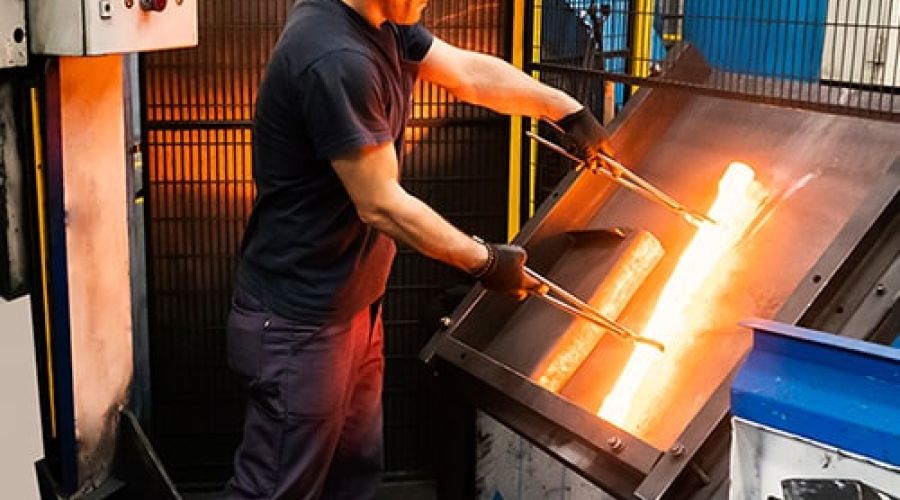
On the Concept of Industry 5.0: Automotive Industry and Its Applications
In the automotive industry, Industry 5.0 is reshaping traditional manufacturing by emphasizing a closer integration of human expertise with advanced technologies. Unlike the automation-dominant Industry 4.0, Industry 5.0 focuses on human-centric innovation, where machines work alongside humans to enhance efficiency, creativity, and precision. The shift towards more sustainable and resilient practices is also crucial, as the automotive sector faces increasing pressure to reduce environmental impact and adapt to changing market demands. By incorporating advanced robotics, artificial intelligence, and human collaboration, Industry 5.0 paves the way for a smarter, greener, and more adaptive automotive manufacturing process.
Industry 5.0 highlights the integration of human skills with advanced technologies. In the automotive industry, human-centricity means that workers are not replaced but supported by collaborative robots (cobots). These robots assist workers with precision tasks, reducing errors and improving safety. For example, PROSPECTS 5.0 showcases how cobots help workers in automotive assembly, allowing real-time control over production, enhancing both flexibility and efficiency (PROSPECTS 5.0) (Research and innovation).
Sustainability is at the core of Industry 5.0. In automotive manufacturing, the shift towards electric vehicles (EVs) exemplifies this focus. AI-powered systems in manufacturing optimize energy use and reduce material waste. For example, the PROSPECTS 5.0 initiative demonstrates how predictive maintenance, using AI, extends the lifespan of vehicle components, leading to significant reductions in waste and resource consumption (PROSPECTS 5.0) (Aeneas).
Resilience is crucial for navigating supply chain disruptions and evolving market conditions. Digital twin technology is a critical tool in Industry 5.0, enabling manufacturers to simulate production and adapt quickly to disruptions. The PROSPECTS 5.0 project has applied digital twins to monitor supply chain fluctuations in the automotive sector, allowing companies to optimize production schedules and avoid costly downtime. (PROSPECTS 5.0) (Research and innovation).
While the automotive industry leads in adopting Industry 5.0 principles, other sectors, such as IT, energy, and aviation, are following. Human-centric AI in IT services supports decisionmaking, while sustainability efforts in energy and aviation focus on reducing carbon footprints. The success of the PROSPECTS 5.0 initiative across various industries highlights the broad applicability of these principles in shaping a resilient, human-centred, and sustainable future (PROSPECTS 5.0)(Research and innovation).
The implementation of Industry 5.0 principles can be examined through the specific example from the PROSPECTS 5.0 project. For example, Teknorot in Türkiye has implemented Industry 5.0 technologies in its production of smart vehicle suspension systems. By integrating advanced data analytics and high traceability systems, Teknorot improves both efficiency and sustainability. This system allows for real-time monitoring of manufacturing processes, enhancing product quality while reducing material waste and energy consumption. Furthermore, the collaboration between human workers and collaborative robots (cobots) ensures that tasks requiring precision are handled efficiently, minimizing errors and improving overall safety on the factory floor (PROSPECTS 5.0)(RWTH Aachen FIR).
This usecase shows how automotive companies can leverage Industry 5.0’s human-centric approach to optimize operations while also making strides toward sustainability
Industry 5.0 is revolutionizing the automotive sector by merging human expertise with cutting-edge technology. Through initiatives like PROSPECTS 5.0, the benefits of AI, cobots, and digital twins are clearly demonstrated in improving efficiency, sustainability, and resilience. The Teknorot case shows how human-machine collaboration enhances production quality while reducing environmental impact. As Industry 5.0 principles spread, other sectors will follow, driving a more adaptive and sustainable future. Ultimately, Industry 5.0 emphasizes that technology should enhance, not replace, human contribution, paving the way for a smarter, greener, and more inclusive industrial landscape
References:
- European Commission, “Industry 5.0: Towards more sustainable, resilient, and human-centric industry” (Research and innovation).
- PROSPECTS 5.0 project website (PROSPECTS 5.0).
- Aeneas, “Promoting sustainable and human-centric Industry 5.0” (Aeneas).
Leave a Comment
You must be logged in to post a comment.